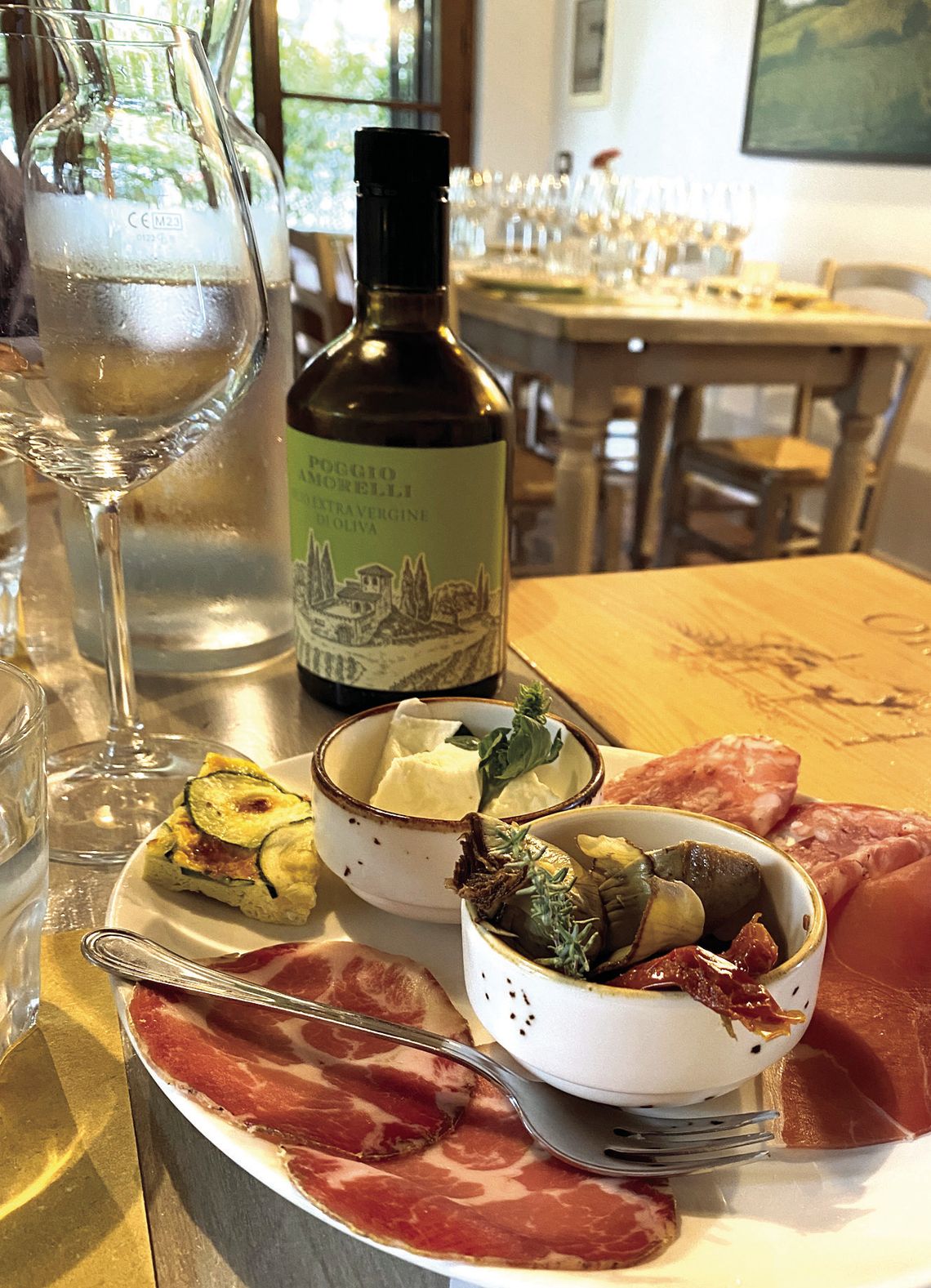Area Residents Visit Family-Run ‘Agritourismo’
Editor’s note: This week, we’ve got a treat for wine lovers, courtesy of Lexington resident Lynn Lowry Leech – yes, the same local writer who took us to Turkey in another travel piece. So, if you’re at home, grab a bottle of wine and enjoy the story.
On a recent visit to Tuscany, my husband Rick and I had the opportunity to learn first-hand about local wines during a visit to Poggio Amorelli, a small, family-run Tuscan agritourismo (an enterprise that combines agriculture with tourism to generate income) in the heart of Chianti.
Founded in 1987 by oenologist and agronomist Marco Mazzarrini and his wife Adriana, Poggio Amorelli is near the village of Castellina, between Siena and Florence.
The couple’s two eldest children, Gloria and Raoul, are now actively involved in the operation, ensuring continuity and a modern vision for the family business. Today, on less than 100 acres spanning three estates, Poggio Amorelli produces and bottles a selection of quality wines as well as extra-virgin olive oil, grappa and aged balsamic vinegars.
We drove to Poggio Amorelli on a sunny day in early October, looking forward to the wine tasting and light lunch we had booked. The approach to the estate wound through picturesque Tuscan hills resembling an undulating quilt stitched with neat rows of vines.
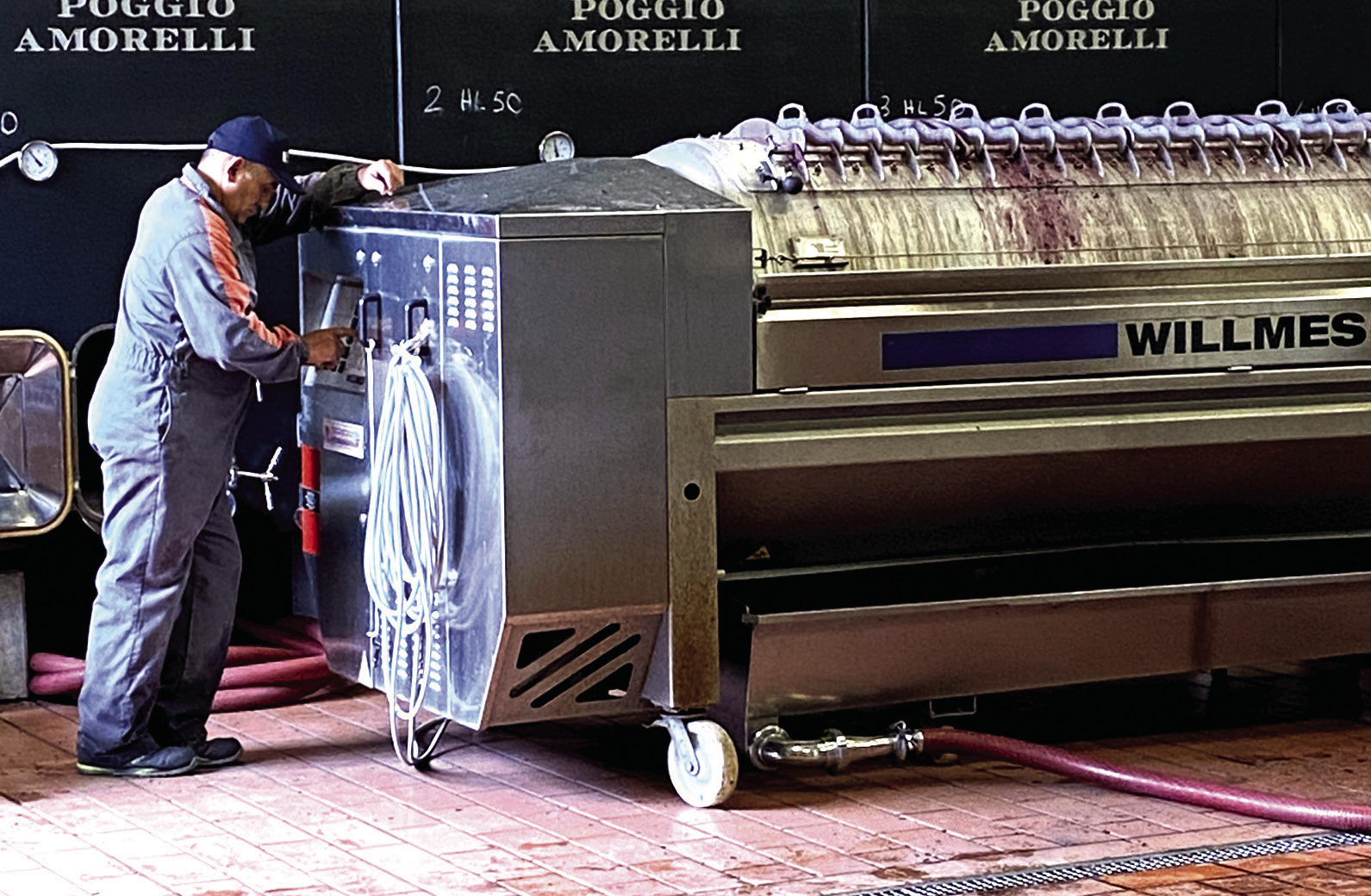
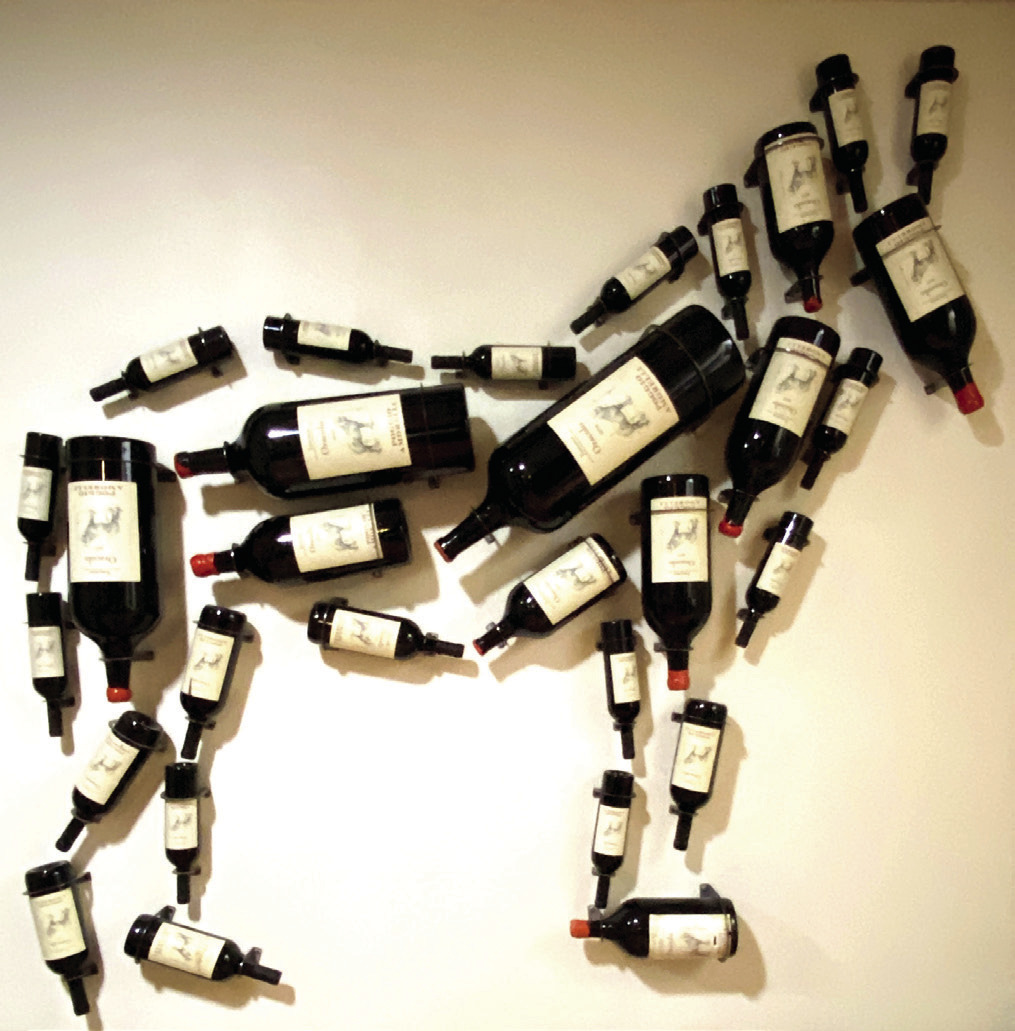
The agritourismo was clearly a working farm: grape vines grew right up to the main building and large stainless-steel tanks crowded the parking area near the entrance to the building. Although it was not a grand estate, a captivating feature was a large terrace that afforded a panoramic view of the valley below.
Two other American couples joined us in the reception area for a tour led by Francesco, a personable young man who led us through the production area and explained various steps of the wine-making process. After the grapes are mechanically pressed (no foot-stomping here) and the liquid siphoned into tanks, the skins are separated from the stems and seeds. Grappa is made from the skins; the stems and seeds are used to fertilize the vineyard, so every part of the grape is used.
Like many other wineries, Poggio Amorelli is phasing out their stainless steel tanks and replacing them with tall, rectangular concrete tanks. A natural insulator, concrete stabilizes the temperature of the wine and allows a smooth and gradual fermentation and aging. Because it is neutral and porous, concrete also helps the wine retain its unique flavor and avoids additional or unwanted aromas. However, for some wines produced by Poggio Amorelli, it is desirable that the wines be stored in oak barrels to impart flavor. While most of the oak used is imported from France, we were interested to learn that oak casks from Canton, Ohio, are used to make one specific wine.
Leaving the surprisingly small processing area, we passed through storage rooms housing barrels and bottles of past vintages. According to our guide, Poggio Amorelli wines are among the top 1% of wines made in the Chiani region (and there are hundreds of wineries – large and small – in Chianti).
The tasting lunch was held in a pretty, light-filled room, with each couple seated at their own table. First, we were served a wonderful, sparkling light rose, remarkable for its discernable notes of strawberry and cherry. This wine was accompanied by three kinds of bruschetta – garlicrubbed toasts topped with diced fresh tomato, a mushroom spread and herbs— all adorned with a drizzle of olive oil produced at Poggio Amorelli.
Next. thinly sliced Parma ham and salami, olives, artichoke hearts, fresh mozzarella and a cold zucchini- and-egg tart were served. This heartier fare was complimented by a good Chianti. No sooner had this wine been drained from our glasses than a pour of Chianti 2020 followed. This wine was a bit special because it was made during Covid. Francesco explained that reserve wines are made with the juice from the first press and lesser wines are made from the succeeding press. B ecause o f s taffing problems during the pandemic, the 2020 Chianti wine was made using both the first and second pressings, making it unusually flavorful and unique.
The next course was a choice of pasta, topped with either a thick beef ragu or a porcini mushroom sauce. This was mushroom season, and the mushrooms had just been picked the day before. Rick and I both chose the excellent ragu, which was paired with a Chianti Classico Reserve, a perfect complement to this flavorful sauce.
As if we hadn’t had enough to eat, a cheese course followed: five small samples of different cow cheeses, along with raisins, almonds, a dab of cherry jam and a small dish of chestnut honey.
For dessert we had a choice of cheesecake or tiramisu. The cheesecake was served with a little dribble of Poggio Amorelli’s own aged balsamic vinegar over the top, giving it a unique flavor and depth. This was the “light” lunch that had been advertised as the accompaniment to the wine tasting.
We left Poggio Amorelli that afternoon with very full bellies and happy hearts, eager to continue our travels and discoveries in this very beautiful part of the world. Dinner was definitely not in the plan for that evening.
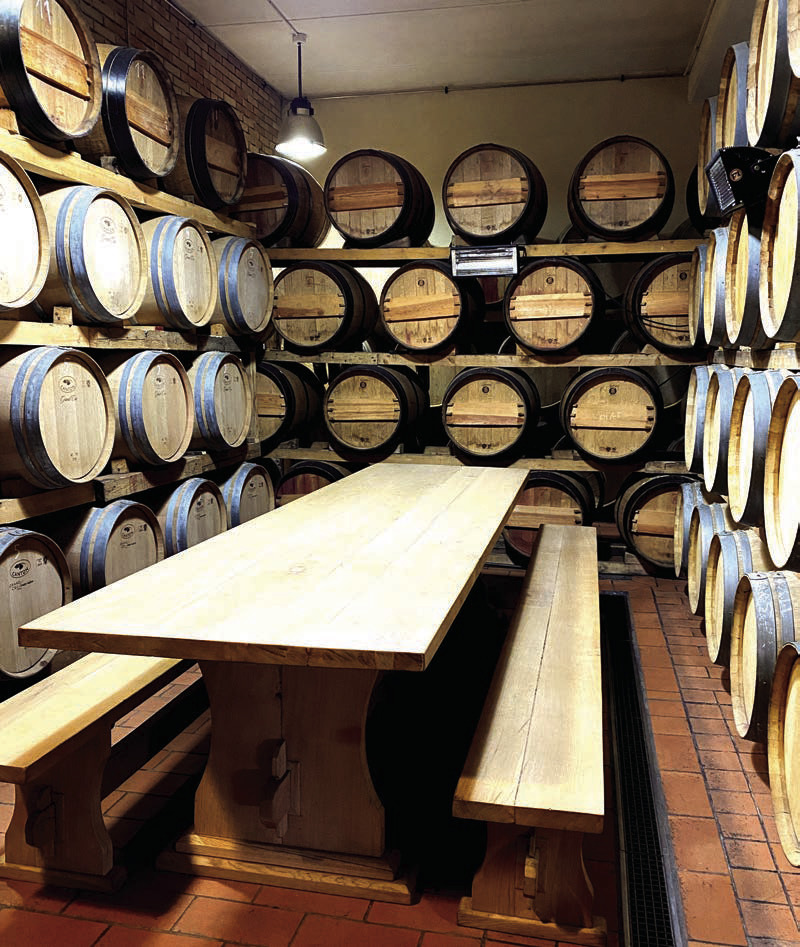
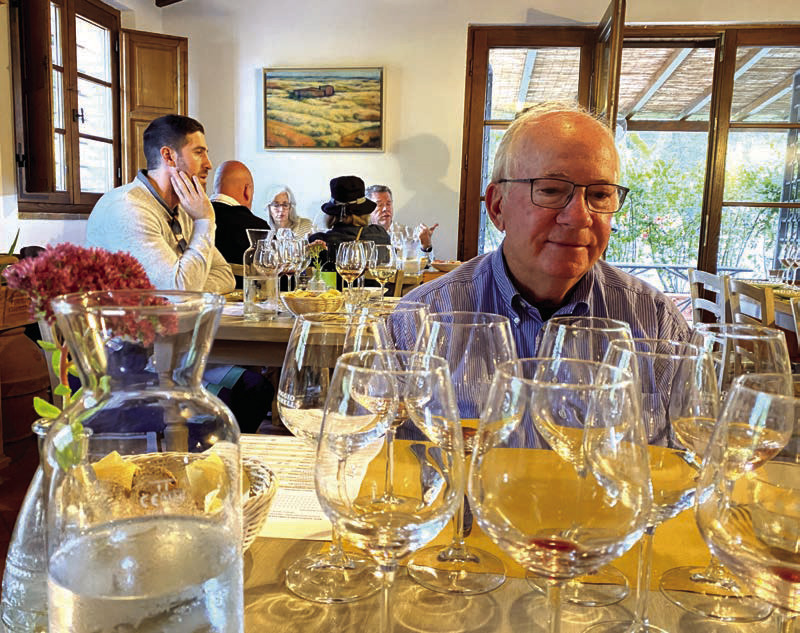
.jpg)
